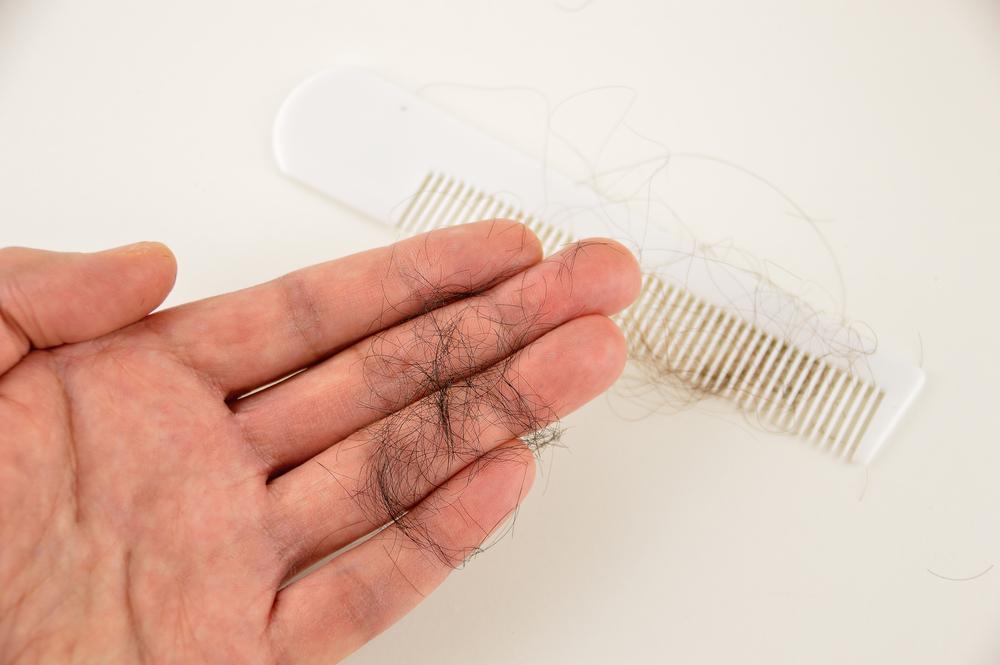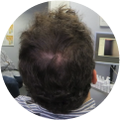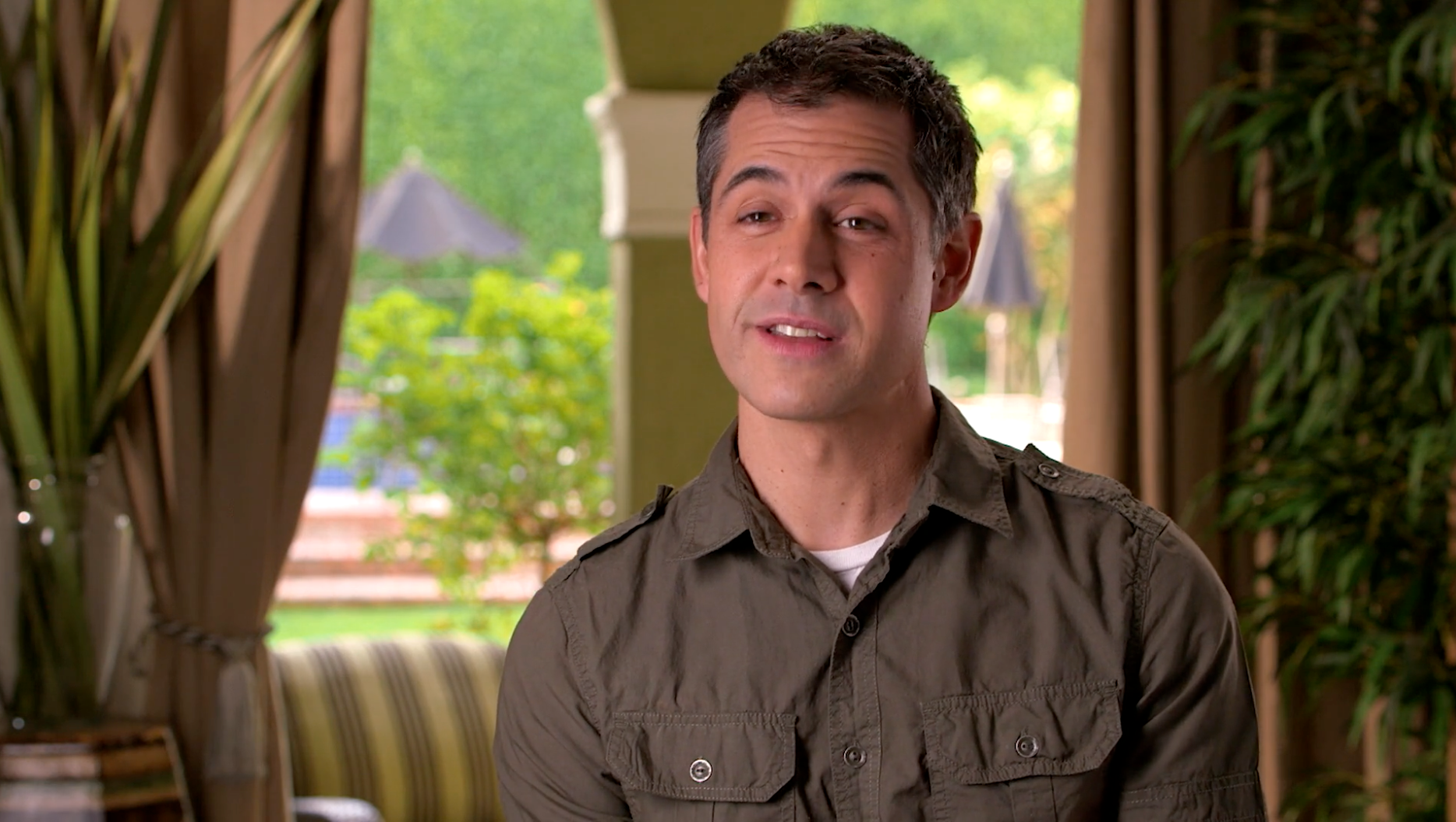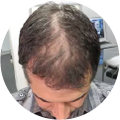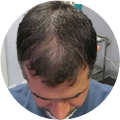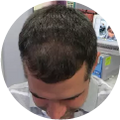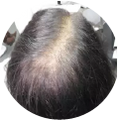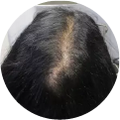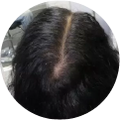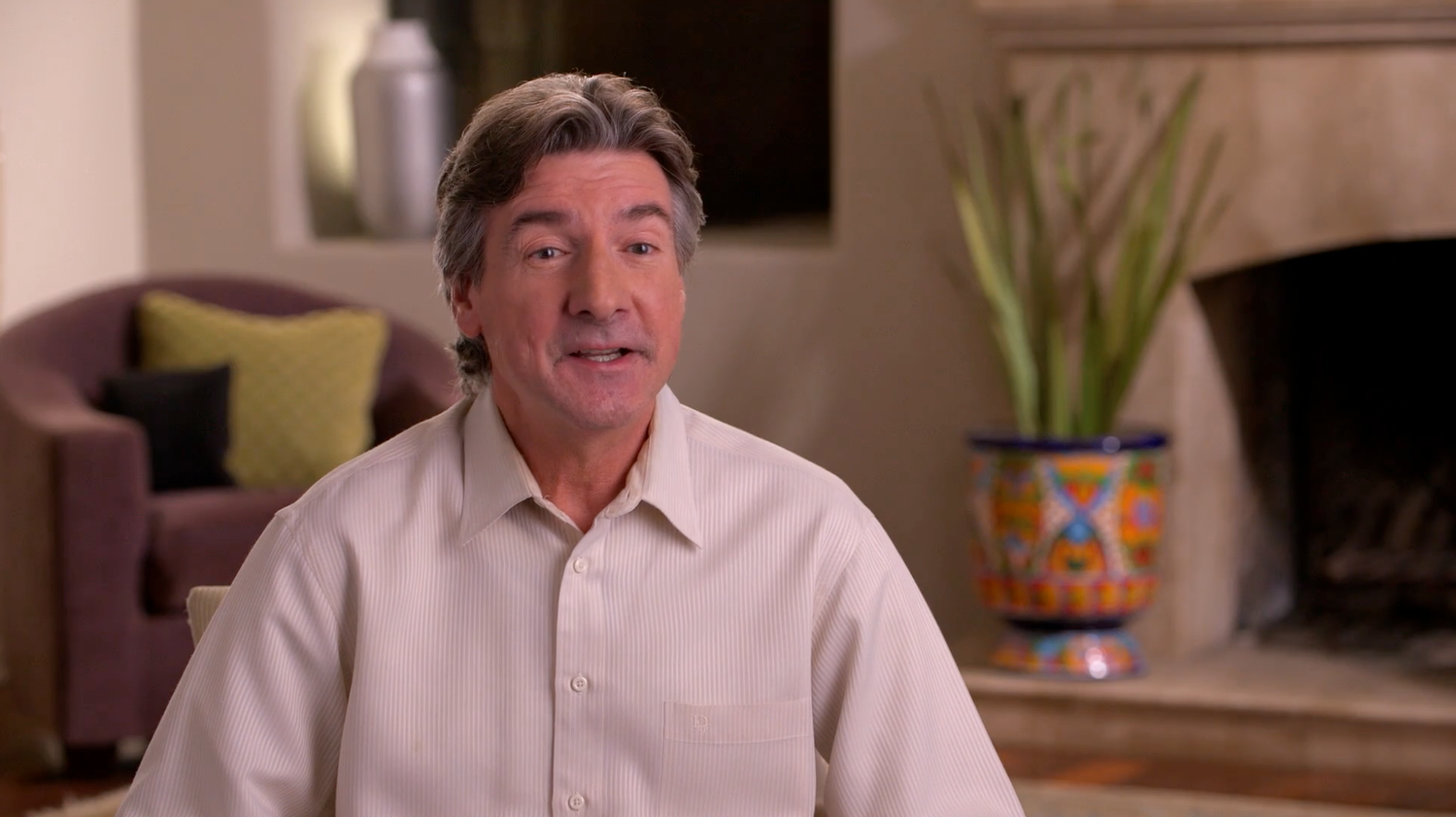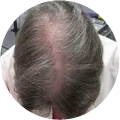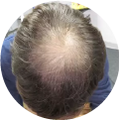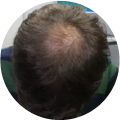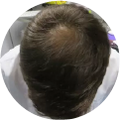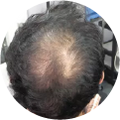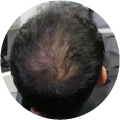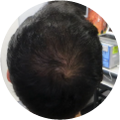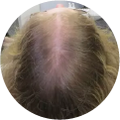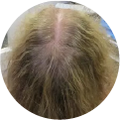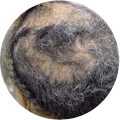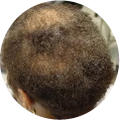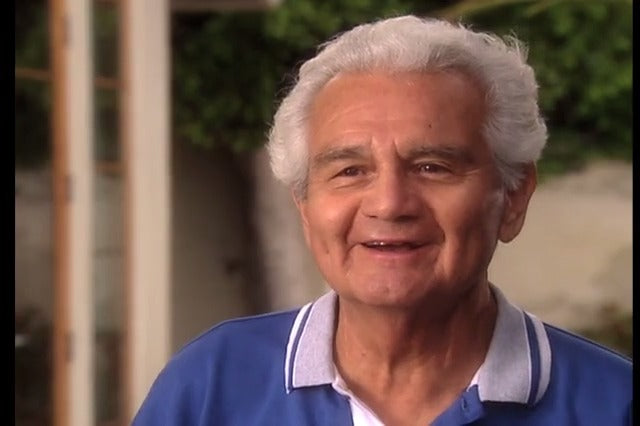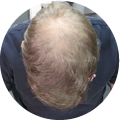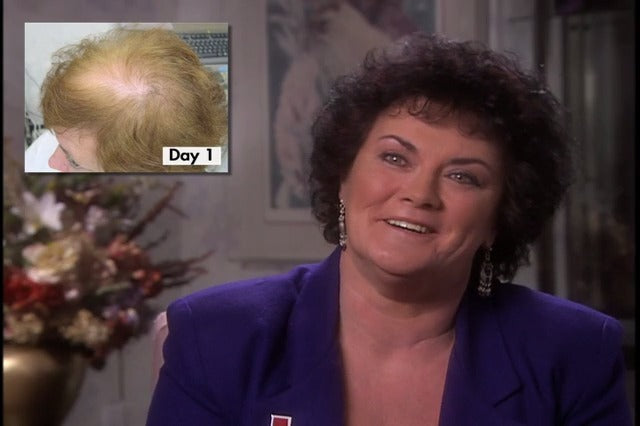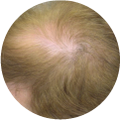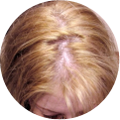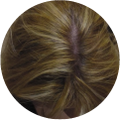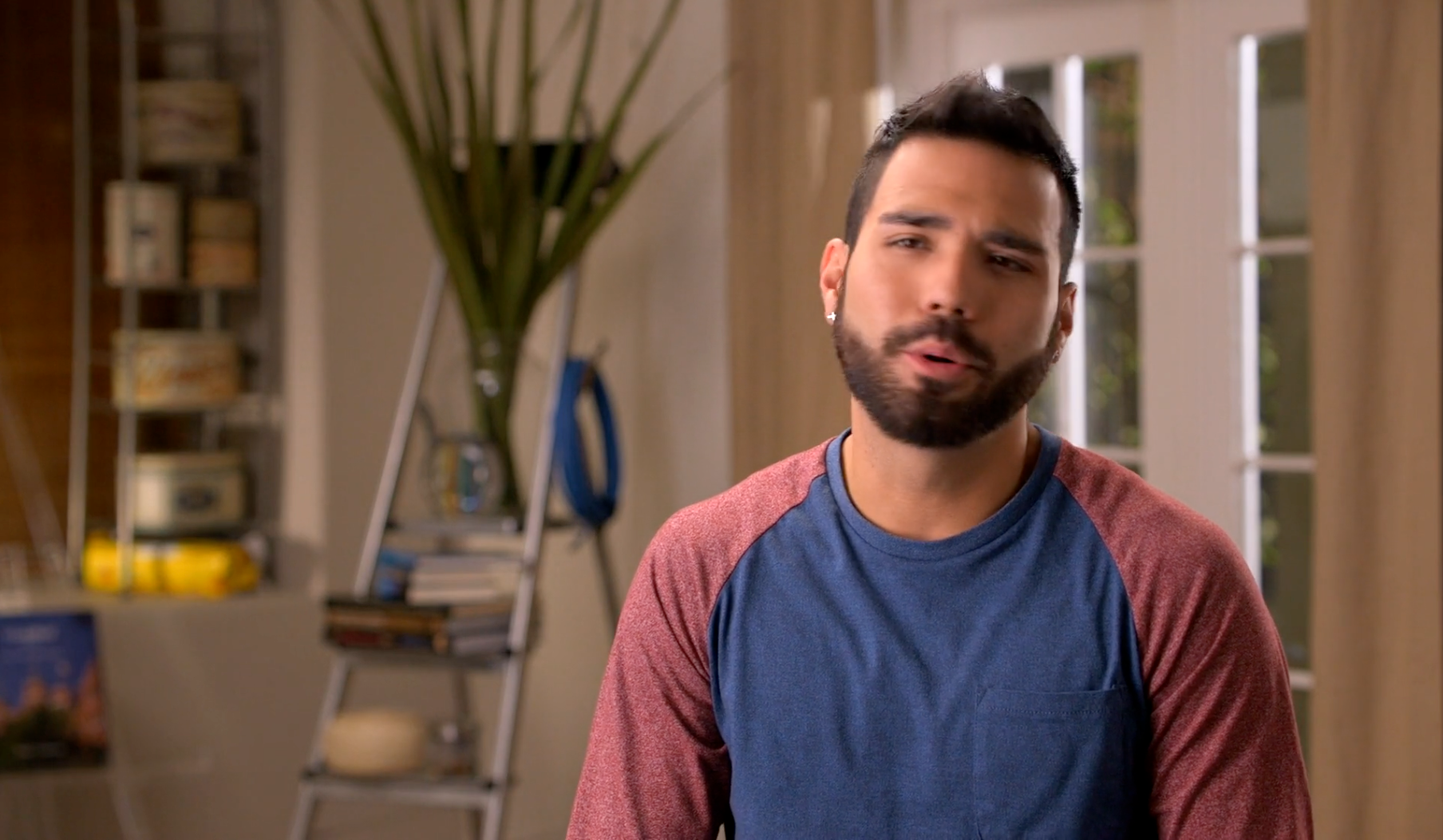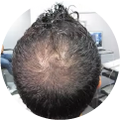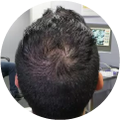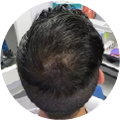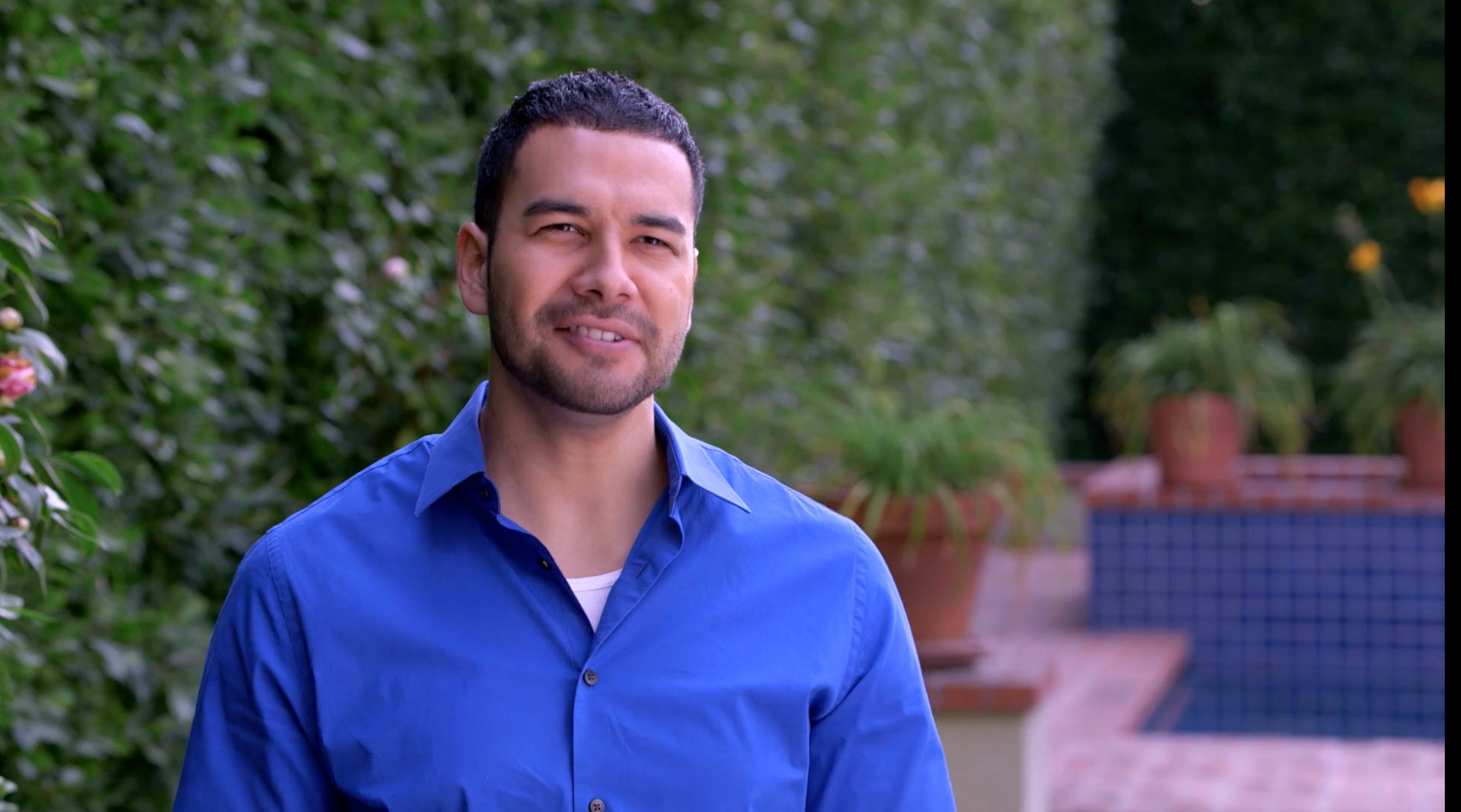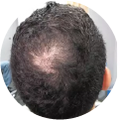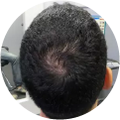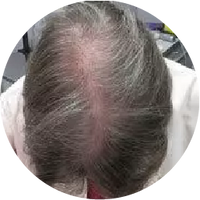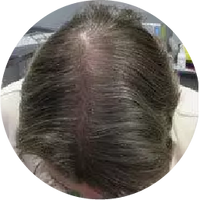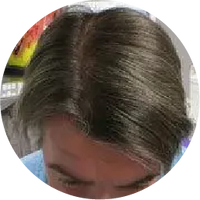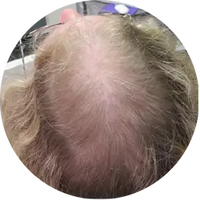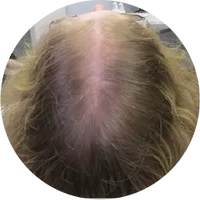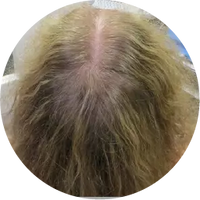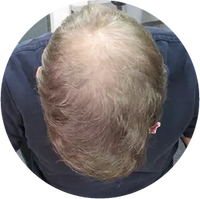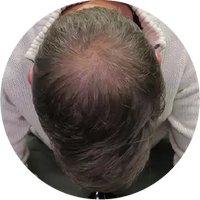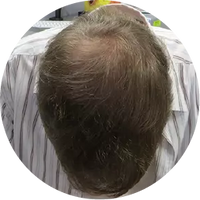
A hair transplant is a procedure that is sometimes used to mitigate the appearance of hair loss or hair thinning. This is a type of hair replacement surgery that uses skin grafts from an area of the scalp that is populated with hair and then transplants them to the area of the scalp that is experiencing hair loss or hair thinning. You may be asking yourself, do hair transplants work? Are they more effective than hair regrowth supplements? These, along with many other hair transplant questions, will be answered below through a comprehensive guide to the effectiveness of a hair transplant and the cost effectiveness of hair transplant treatment. Hair implants involve a significant investment of time, money, and patience, so before you make the decision that this is the right treatment option for you, it is important to understand what a hair transplant is, the specific elements involved in the procedure and healing process, the risks of the surgery and aftercare, and the cost.
An Overview on Hair Transplants

A hair transplant is a procedure that transplants hair from one area of the scalp to another. In order to accomplish this task, a dermatological surgeon extracts skin grafts from a donor site on the scalp that is adequately populated with hair follicles. Upon the extraction of the skin grafts, a small incision or hole is made in the area of the scalp that is experiencing hair loss or hair thinning and the skin graft is transplanted into the incision. Often, the donor site is located on the sides of the scalp or the back of the head since these are the areas of the scalp least often affected by hair loss or hair thinning and the least noticeable post-procedure. The most common areas that experience hair loss are the top of the head, sometimes referred to as the crown, and the front of the scalp. Using this basic overview of what a hair transplant is, it is now possible to delve into the details of the hair transplant procedure.
The Hair Transplant Procedure: What to Expect
The hair transplant procedure, or surgery, can be broken into three distinct phases: before the procedure takes place, during the procedure, and after the procedure. Below is the specific steps and processes associated with each of these three phases of the hair transplant process.
- Before the Procedure Takes Place: Leading up to the procedure, the area of your scalp from which the grafts will be removed, which is known as the donor area or site, will be cut to be short in length so that the grafts can be more easily removed. Many doctors also prescribe antibiotics before undergoing this procedure in order to ward off any potential infections due to bacteria getting into the wounds during the procedure. All of the required steps will be discussed in-depth with your doctor during your consultation and visit prior to the procedure, so come prepared with a list of any questions you have.
- During the Procedure: When undergoing a hair transplant, small punch grafts from the portion of the patient’s scalp with hair or a larger section of the scalp are removed. If a larger section of the patient’s scalp is removed, it will then be cut down into smaller pieces that resemble the punch grafts. These grafts are then relocated to the area of the scalp that is exhibiting hair loss or hair thinning. The size and shape of these grafts can vary depending upon the preference of the dermatological surgeon. Round, small punch grafts contain on average ten to fifteen hair follicles. The mini-graft only contains two to four hairs on average, while the micro-graft only contains one to two hair follicles. The two remaining types of possible grafts are called slit grafts and strip grafts. Slit grafts are placed within small incisions cut into the scalp. On average, a slit graft will contain four to ten hair follicles in each graft. The strip graft is much more densely populated with hair with thirty to forty hair follicles per strip. During the procedure, many doctors will flush the site of the incisions with a saline solution in order to keep the skin firm and strong throughout the course of the procedure. The type of graft being extracted determines the tool the surgeon will utilize to harvest the graft. For many of the above-referenced grafts, a scalpel allows the dermatological surgeon to wield the most precision when making small, exacting cuts into the scalp. However, for punch grafts, it is common for doctors to use a cylindrical, carbon steel instrument that makes a uniform punch into the skin with each incision. These grafts are then transferred to areas on the scalp on which an incision or hole has been made for it to be transplanted within. In order to adequately cover the area affected by hair loss or hair thinning, a hair transplant procedure often needs to be performed several times in order to provide coverage.
- After the Procedure: The hair transplant procedure results in a series of open wounds and incisions that span the donor site as well as the transplanted area. These holes and slits are often closed with stitches, and depending upon the type of graft, may result in a scar. For a punch graft, a single stitch may suffice to close each punch site, but for many other types of grafts, the result of the procedure will be a small scar that bears resemblance to a straight line at each of the donor sites. When the procedure is complete, the scalp will be cleaned to remove any bacteria that could cause an infection and then the areas affected by the procedure will be carefully covered with gauze. Many patients are required to wear a pressure bandage in the days following up their procedure, but the after-care guidance varies between dermatological surgeons. Due to the rigor of the procedure, patients are often advised to wait several months between each procedure to allow the skin and scalp time to heal and to avoid the formation of scar tissue. While this precaution is necessary, it extends the amount of time it takes for a patient to see the final results they desire. For many patients, it can take up to two years for the series of transplants to attain a result that provides adequate coverage. The amount of procedures needed is dependent on the type of hair loss or hair thinning, severity, and the color and texture of your hair.
Potential Risks and Side Effects of a Hair Transplant
All procedures are accompanied by associated risks and side effects that must be weighed in relation to the potential benefits that may be gained. Before choosing a hair transplant as the right treatment path for you, it is vital to be informed about the risk and side effects associated with hair transplants. Below is a list of some of the most commonly reported side effects and risks to undergoing a hair transplant.
- One of the most daunting risks associated with a hair transplant is that it may result in an unnatural, patchy appearance. While this is not always the case, results are not guaranteed to look natural or meet the expectations of what you desire. To best prepare yourself for what the results of a hair transplant may look like, research hair transplant testimonials, both positive and negative, in order to gain a clear picture of what the possible outcome may look like.
- Some patients have reported experiencing numbness on their scalp in the days and weeks following their procedure, though this generally dissipates with time.
- The goal of a hair transplant is to provide a quick solution to hair loss and make the hair appear full and natural again, but some patients report the death of hair follicles after being transplanted, which results in no new hair growing in the affected area. The cost and side effects of the procedure must be weighed against the possibility that you may not gain the growth you desire after undergoing this procedure.
- In some cases, small cysts may appear on the areas of the scalp where a hair follicle has been transplanted. These often only last a few weeks and then disappear.
- Many patients who have undergone hair transplant procedures experience swelling around their eyes and in their forehead following the procedure. This can last for several days, up to a week, and for some may also result in the appearance of a black eye.
- As with any type of procedure, infection is a concern. Though antibiotics are typically distributed before and after the procedure, in some cases an infection may occur.
- Due to the high volume of small incisions in the scalp, bleeding is a common side effect of this procedure.
- The removal of the skin grafts and the transplantation into a different area of the scalp often results in pain and discomfort as a side effect of this procedure. Many patients take a pain reliever when healing to offset this discomfort.
- As mentioned above, scarring at the area of the donor site is not uncommon as a result of hair transplant.
The Financial Impact of a Hair Transplant
For many, one of the most important factors to consider when analyzing a hair transplant as a treatment option for hair loss or hair thinning is the financial impact this procedure carries with it. The amount of cost associated with a hair transplant procedure varies widely between clinics and patients depending upon the type of method used and the severity of the hair loss. There are two main methods that are utilized during a hair transplant procedure: Follicular Unit Transplantation and Follicular Unit Extraction. These differ in their extraction method on how the grafts are removed from the donor site. Follicular Unit Extraction individually extracts each hair follicle from the scalp through a micro-graft, mini-graft, or punch graft. This method allows the donor site to remain much more unnoticeable since each graft is very small. Follicular Unit Transplantation relies on the removal of small strip of follicle-dense hair to transplant in the affected area, using the strip graft mentioned above. This is a much faster method for extraction, which results in it generally being less costly than Follicular Unit Extraction. The best method to use is dependent upon the severity of the hair loss primarily since someone experiencing severe hair loss would likely achieve better results through Follicular Unit Transplantation. For both methods, many clinics charge their patients on a per-graft basis. The price per graft begins at around three dollars and can run higher at around seven dollars per graft. At three dollars per graft, a hair transplant procedure that includes one thousand grafts would cost the patient three thousand dollars. Many insurance companies do not cover hair transplant procedures, so this cost is often incurred directly to the patient. For higher priced grafts, the cost can climb closer to fifteen thousand dollars per procedure, making a hair transplant a significant financial investment.
The Ideal Solution

While a hair transplant can be appealing as a quick fix transplant, it comes with a tremendous financial burden and healing time between procedures. For many people, this is not the ideal solution to combatting hair loss and hair thinning. The ideal solution to reversing hair loss is to have hair regrowth. This eliminates the huge cost of multiple procedures, the pain and discomfort during the process and healing, and the risk of having an unnatural final product. In order to get the hair regrowth you desire, you have to invest in a scientifically backed product that is proven to regrow hair lost due to hereditary and nonhereditary causes. Scalp Med’s two-step process is formulated with Nutrisol®, a pre-scalp treatment, and Vitadil®, which contains Minoxidil. Minoxidil is the only FDA-approved hair-growth ingredient. Scalp Med is designed to stop hair loss and thinning hair and promote new hair growth. Scalp Med is only a fraction of the cost of a hair transplant at $279.95 for six months of treatment and 95% of users see remarkable hair growth within six months of use. If you want to regrow hair today without the pain and financial burden of a hair transplant, Scalp Med is the ideal solution.












